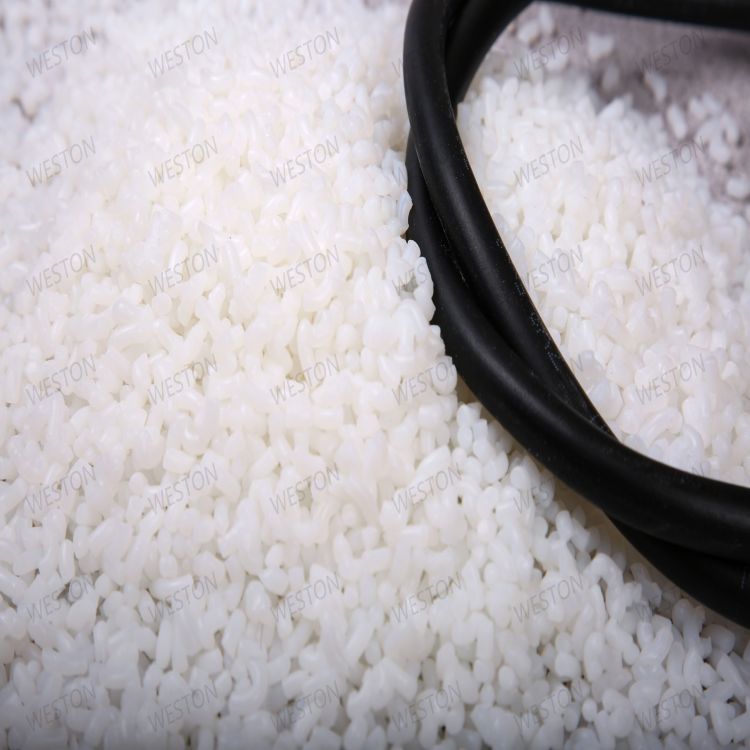-
Categories
-
Pharmaceutical Intermediates
-
Active Pharmaceutical Ingredients
-
Food Additives
- Industrial Coatings
- Agrochemicals
- Dyes and Pigments
- Surfactant
- Flavors and Fragrances
- Chemical Reagents
- Catalyst and Auxiliary
- Natural Products
- Inorganic Chemistry
-
Organic Chemistry
-
Biochemical Engineering
- Analytical Chemistry
- Cosmetic Ingredient
-
Pharmaceutical Intermediates
Promotion
ECHEMI Mall
Wholesale
Weekly Price
Exhibition
News
-
Trade Service
At present, the US Department of Defense (DOE) is developing wind turbine blades through 3D printing molds
.
The blade, which has just been aerodynamically designed, will help researchers better understand how units within a wind farm influence each other and how to optimize power generation efficiency
.
The use of 3D printing technology may shorten the production time of wind turbines and save manufacturing costs, which in turn will reduce the cost of
wind power.
The U.
S.
wind industry, which employs 73,000 people, is expected to attract $35 billion in investment
over the next five years.
Finding faster and more cost-effective ways to build wind turbines, as well as studying how to make better use of wind energy, are crucial, and 3D printing technology for blades holds promise to solve both problems
.
On the one hand, the first major area to study is the aerodynamic characteristics
of the wake.
In wind farms, many wind turbines are very close together, negatively
affecting each other's efficiency.
But at the same time, the only way to use wind energy on a large scale is to install many wind turbines together
.
To address this issue, the U.
S.
Department of Energy partnered with Sandia National Laboratory, Oak Ridge National Laboratory, TPI Composites, and Wetzel Engineering to track
the production of scaled-down blades using 3D printed molds.
The U.
S.
Department of Energy invested $1 million to research the use of 3D printing technology to develop lower-cost wind turbine blades, and these are just some of the parts of the
project.
The 13-meter-long blade will be tested at the U.
S.
Department of Energy's SWiFT facility in Texas to help researchers better understand how adjacent units affect
each other's efficiency.
On the other hand, in shortening the production time of wind turbines and reducing manufacturing costs, 3D printing blade molds is also an important progress
.
At present, blade lengths average more than 50 meters and require high enough strength to withstand huge loads, so the blade production process is energy-intensive, cost-effective and time-consuming
.
It is usually necessary to use a male mold to make the blade mold (female mold), and then use the female mold to make FRP blades
.
However, if 3D printing technology is introduced, it will directly eliminate the first step, reduce manufacturing costs, and give researchers time and freedom to experiment with new properties and increase design flexibility
.
At present, although the research is only aimed at simplifying the manufacturing process of wind turbine blades, 3D printing technology can also help the production of other wind turbine components in order to make wind power less expensive
.
The U.
S.
Department of Energy says its goal is to reduce the cost of wind power by 20 percent
by 2030.
At present, the US Department of Defense (DOE) is developing wind turbine blades through 3D printing molds
.
The blade, which has just been aerodynamically designed, will help researchers better understand how units within a wind farm influence each other and how to optimize power generation efficiency
.
The use of 3D printing technology may shorten the production time of wind turbines and save manufacturing costs, which in turn will reduce the cost of
wind power.
The U.
S.
wind industry, which employs 73,000 people, is expected to attract $35 billion in investment
over the next five years.
Finding faster and more cost-effective ways to build wind turbines, as well as studying how to make better use of wind energy, are crucial, and 3D printing technology for blades holds promise to solve both problems
.
On the one hand, the first major area to study is the aerodynamic characteristics
of the wake.
In wind farms, many wind turbines are very close together, negatively
affecting each other's efficiency.
But at the same time, the only way to use wind energy on a large scale is to install many wind turbines together
.
To address this issue, the U.
S.
Department of Energy partnered with Sandia National Laboratory, Oak Ridge National Laboratory, TPI Composites, and Wetzel Engineering to track
the production of scaled-down blades using 3D printed molds.
The U.
S.
Department of Energy invested $1 million to research the use of 3D printing technology to develop lower-cost wind turbine blades, and these are just some of the parts of the
project.
The 13-meter-long blade will be tested at the U.
S.
Department of Energy's SWiFT facility in Texas to help researchers better understand how adjacent units affect
each other's efficiency.
On the other hand, in shortening the production time of wind turbines and reducing manufacturing costs, 3D printing blade molds is also an important progress
.
At present, blade lengths average more than 50 meters and require high enough strength to withstand huge loads, so the blade production process is energy-intensive, cost-effective and time-consuming
.
It is usually necessary to use a male mold to make the blade mold (female mold), and then use the female mold to make FRP blades
.
However, if 3D printing technology is introduced, it will directly eliminate the first step, reduce manufacturing costs, and give researchers time and freedom to experiment with new properties and increase design flexibility
.
At present, although the research is only aimed at simplifying the manufacturing process of wind turbine blades, 3D printing technology can also help the production of other wind turbine components in order to make wind power less expensive
.
The U.
S.
Department of Energy says its goal is to reduce the cost of wind power by 20 percent
by 2030.







